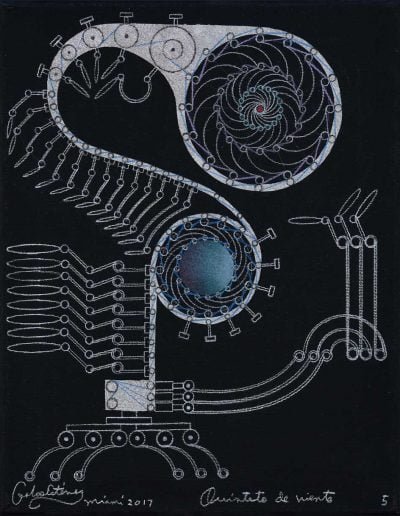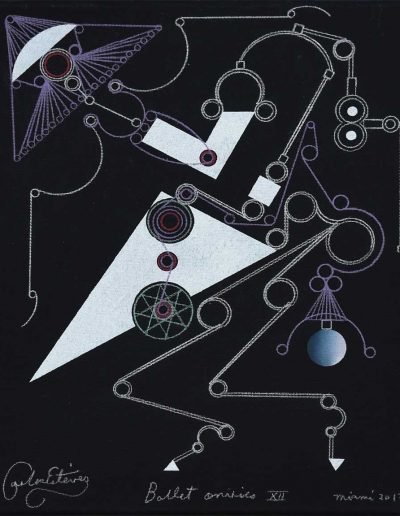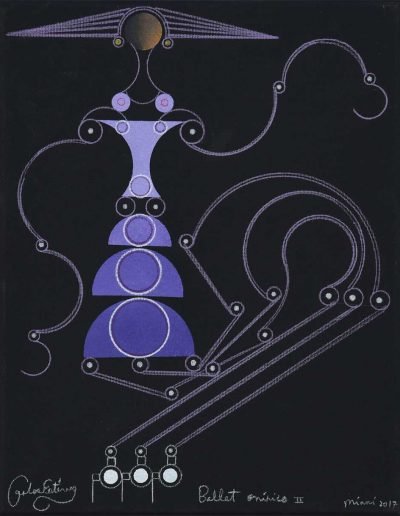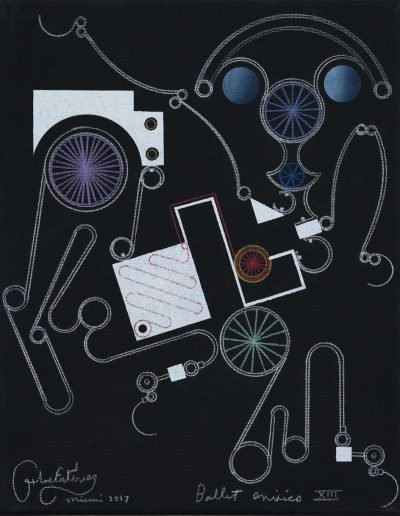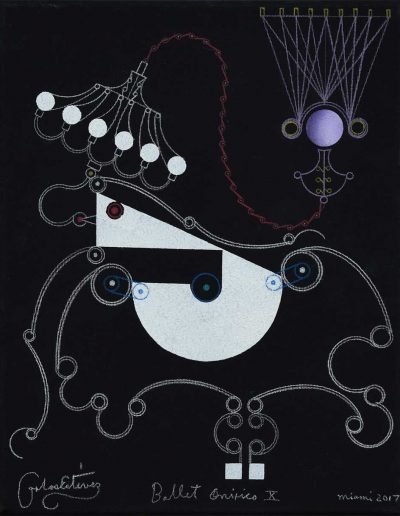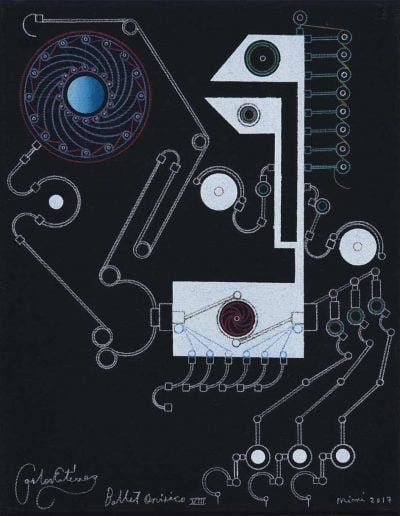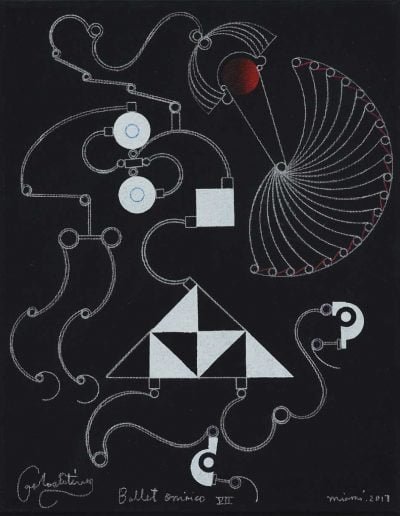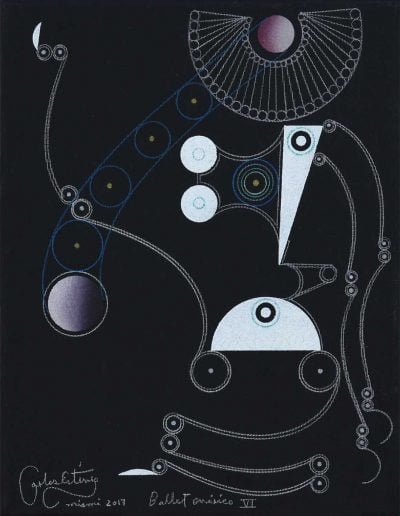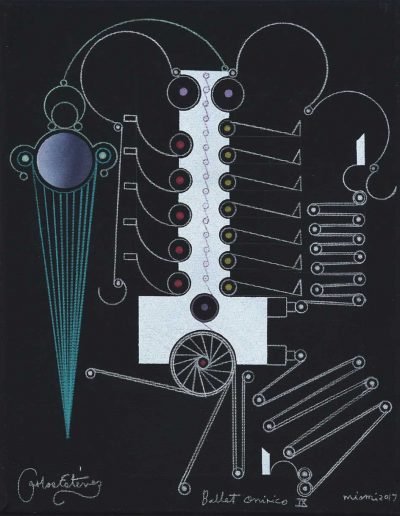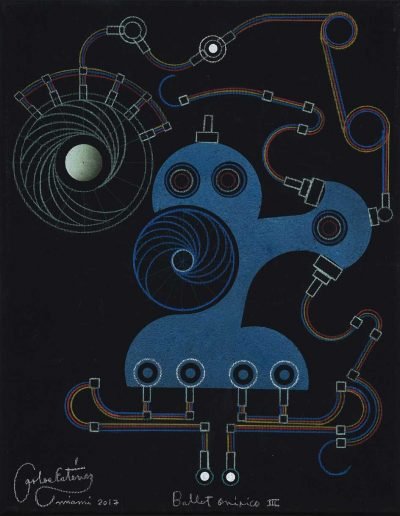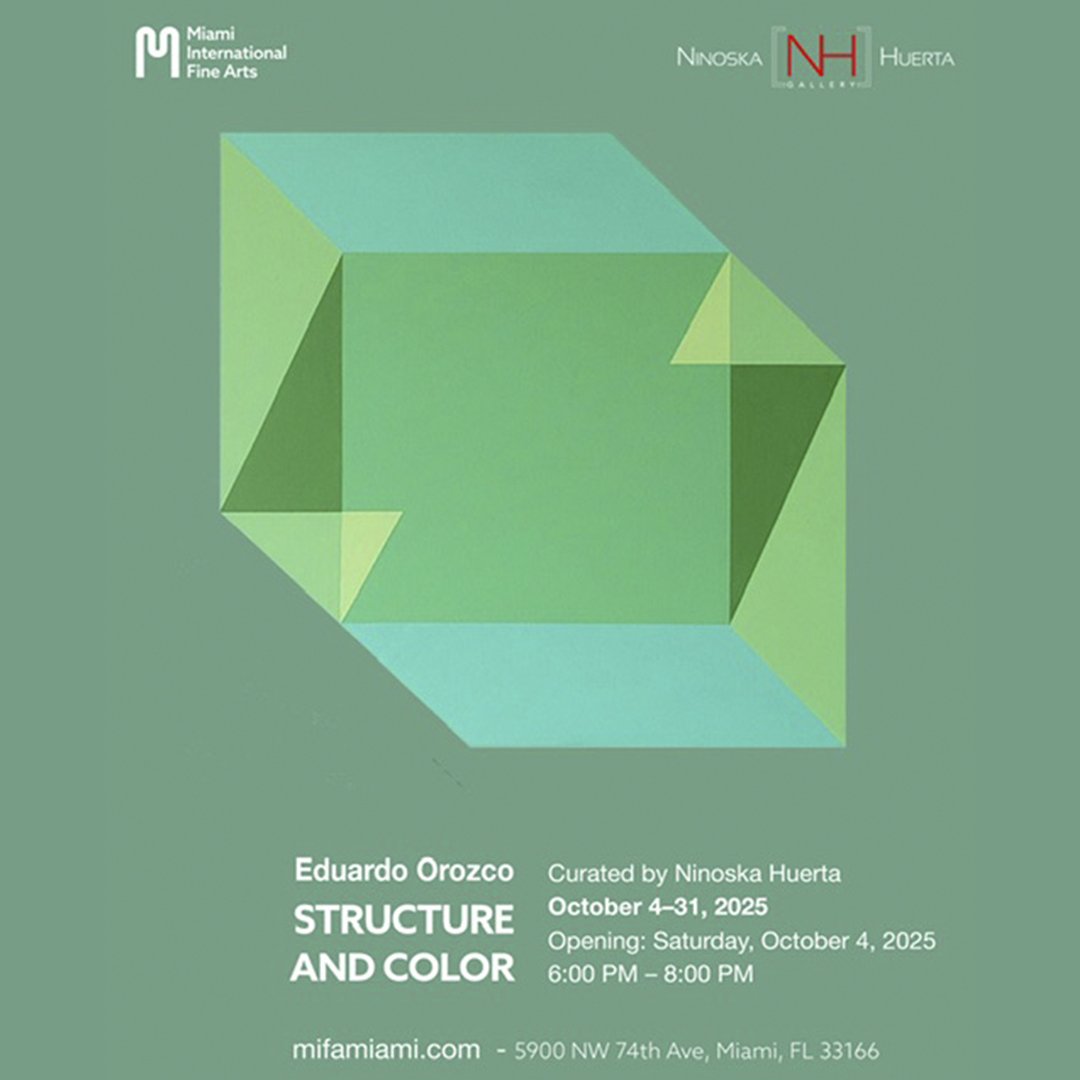It was 2017 when Carlos Estévez first saw George Balanchine’s ballet Jewels (1967) in New York City
The occasion was very special as the New York City Ballet shared the stage with other two major companies, Bolshoi Ballet and the Paris Opera Ballet, to celebrate the 50th anniversary of the piece.
Born after the choreographer’s fascination for jewels, the ballet did not follow a story; it was composed of three acts titled and themed after “Rubies”, “Diamonds” and “Emeralds”, respectively.
It is said that its moves were designed to meet the talents of Balanchine’s dancers for a sharper performance synchronization, rather than to follow a narrative. Judging by the critiques that followed, the play was exquisite.
Nevertheless, for Carlos Estévez, it had a special meaning:
“Because the piece was abstract, the dancers became language themselves… It was fascinating to see how ballet translated the human experience to movements, in time. It was a metaphor for the sequence of Life”.
Back in his studio in Miami, the artist created a new series of paintings called “Ballet Onírico” (Oniric Ballet) (2017).
Fifteen small, delicate paintings suggested a ballet dancer each, conforming altogether what could be a corps of ballet, with their danceuses and danceurs étoile.
Thin lines of scarce color against a deep, black background, reminded us of abstract sweeps of movement with heads, arms, and legs, under the dramatic spotlights of a theatre.
The bodies were complex, geometrical structures that seemed to fuse with everything around them –architectural motifs, lamps, accessories, and electrical cords.
They turned into mechanical machines, with gears and cables, in the fashion of the Renaissance inventions, and at the same time, they resembled the trajectory and patterns of the dancers in the scene, seen from above.
Thirteen paintings of “Oniric Ballet” are present in this exhibition, “Mirrors of Time”, which will be on view through August 2020.
They “share the stage”, with other works that also reflect Estevez’s long-time curiosity about the instances of alignment and connection between men and things, in the Universe.
The series of five paintings “Quinteto de Viento” (Wind Quintet) (2017) is probably the closest to “Oniric Ballet”.
With a similar palette and against a black background, five musicians blend into metals and keys.
There is a beautiful balance of weight in the compositions: at times, the elongated fingers that press instruments’ keys remind us of the biology of bugs while the bodies of the instruments, filled with color, seem solid and likely to be ver While almost monochrome, color is punctually used to accentuate certain elements, such as the circumferences that we have seen before in Estevez’s works and appear throughout the show. Like the chakras in Hinduism, they are, for Carlos Estévez, centers of energy.
“Intercambio de Miradas (Exchange of Sights)” (2015) is a large canvas where two beings are gazing at each other. Their bodies are pianos, and yet they have human limbs. They are attached to strings, like marionettes – another recurrent resource in Carlos Estevez’s work.
“This piece came to my mind after a friend’s personal story. While looking at a piano, he felt that the piano was looking back at him. There was an exchange of energy between them.”
Carlos Estevez places a metronome between them to metaphorically “modulate their frequencies” – it is the poetry of this moment when things and actions converge, what he is interested in.
Last but not least, “Los Espejos del Tiempo” (The Mirrors of Time) (2015) is the depiction of a dancer in movement.
The artist superimposes several angles, as if she was caught frozen in time, or as if we were looking at different photograms of a film.
“She reminds me of Shiva, the Indian goddess, with her multiple hands”, comments Estevez who makes us aware, through this and the rest of his work, not only of the beauty of Shiva, but also of the complexity of our Universe, and the many layers within which we exist.
Yuneikys Villalonga.
Art critic.


